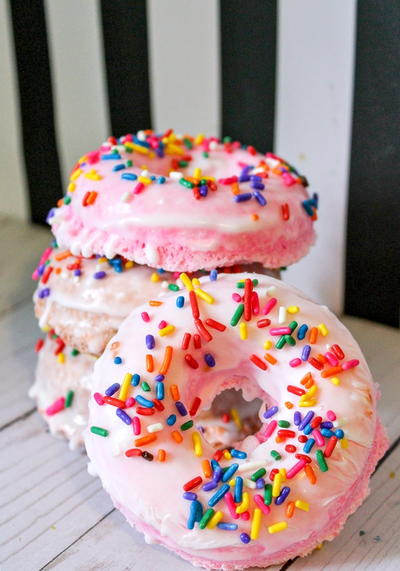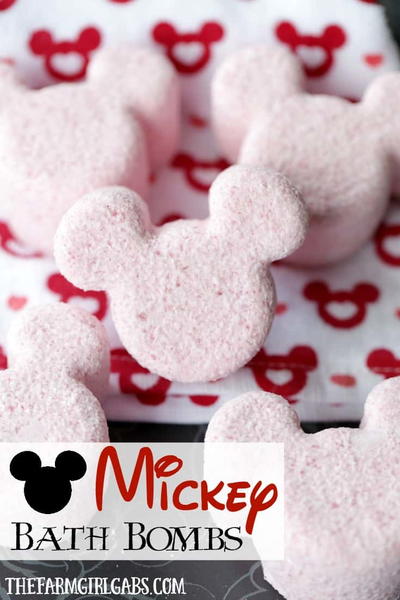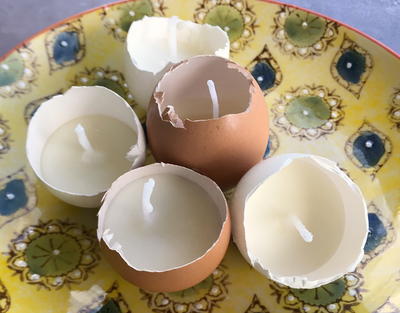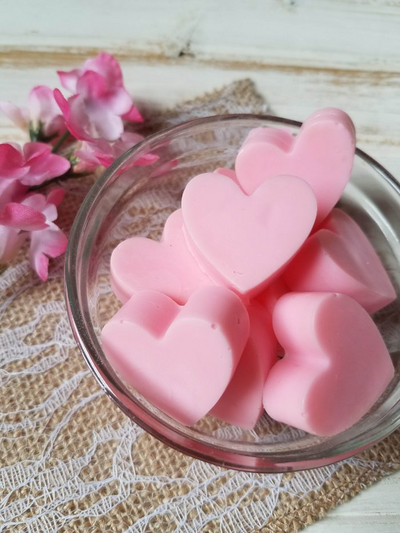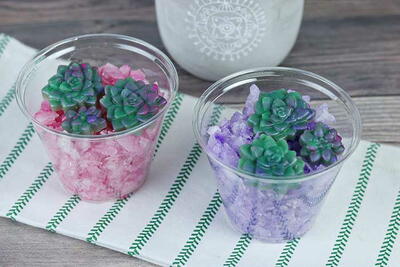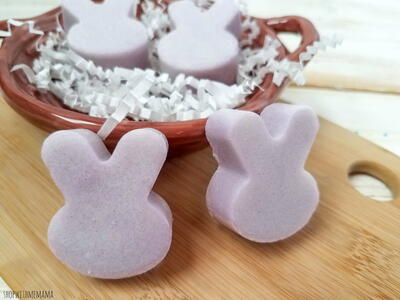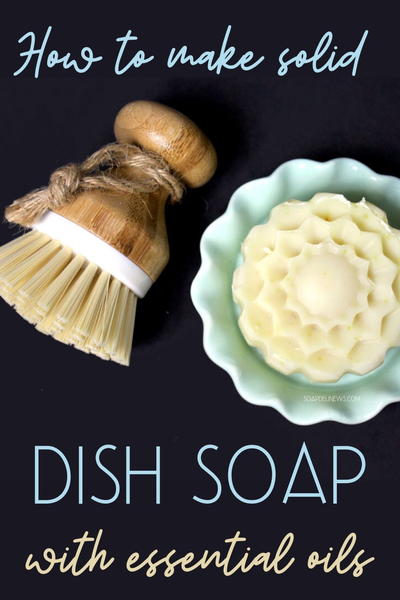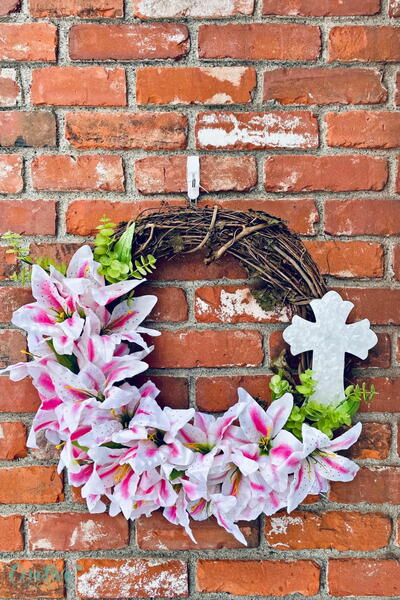Sweet Mint Soapmaking Tutorial
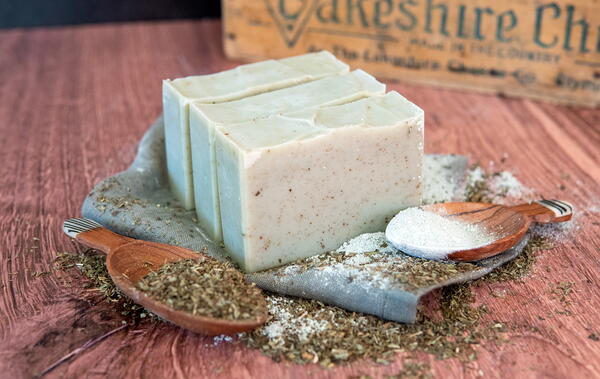
This classic mint soap combines peppermint and spearmint for a fresh and slightly sweet scent. Since spearmint must be used at 0.6 ounces (17 g) or less in our recipe, it works perfectly for this 70/30 split. We use extra-virgin olive oil here to help demonstrate that a greener oil will result in a greener soap! This soap also has quite a high amount of French green clay, which cures into a nice soft green. The ground peppermint leaves add a very light exfoliation and give the soap some added visual interest.
We are using a whopping 75 percent olive oil in this soap, which creates a conditioning bar. Olive oil typically creates very small bubbles with not much lather, so we’re adding coconut and castor for a lather boost. The coconut also adds a bit of hard- ness. Since olive oil soaps tend to be softer and come to trace more slowly, we’re using a water to lye ratio of 1.6:1. Using less water will help our soap unmold more easily and cure a little faster.
YIELD: 9 bars or 2.8 lb (1.27 kg)
SUPERFAT: 5.4%
OIL WEIGHT: 30.7 oz (870 g)
WATER TO LYE RATIO: 1.6:1
REMINDER:
Just a quick reminder that you can always change the liquid amount in your soap. If you make a soap and it ends up too soft to unmold or it takes a long time to come to trace, try reducing the water amount next time. I typically recommend trying a recipe as written the first time, taking notes and then making changes the next time.
Materials List
-
LYE & LIQUID
- 8.4 oz (238 g) lye-water solution
- 2.5 oz (71 g) distilled water
-
OILS
- 6.2 oz (176 g) coconut oil (20%)
- 23 oz (652 g) extra-virgin olive oil (75%)
- 1.5 oz (43 g) castor oil (5%)
-
ESSENTIAL OILS
- 1.25 oz (35 g) peppermint supreme (69%)
- 0.55 oz (16 g) spearmint (31%)
-
ADDITIVES & SUPPLIES
- 0.8 oz (23 g) French green clay
- 0.05 oz (1 g) ground peppermint leaves
INSTRUCTIONS:
With your safety gear on, carefully weigh your lye-water solution from your master batch.
• If you haven’t yet made your lye-water solution, weigh out 4.2 ounces (119 g) of lye and 4.2 ounces (119 g) of distilled water or ice in two separate containers. Carefully pour the lye into the distilled water/ice, while stirring. Set aside to cool.
• If you need to warm up your premixed lye solution, place the container in a warm-water bath. You can do this by filling up a container with hot water from the tap and placing your lye-water container inside. Stir the lye-water occasionally and check the temperature to ensure it doesn’t warm up too much. Make sure that none of the hot water from the bath ends up going into your measured lye-water. If your tap water isn’t warm enough, you can use boiling water instead. Remember to always use your safety gear when handling your lye-water, especially your safety glasses! Remember: Never microwave your lye solution!
-
Weigh out the coconut oil and melt it on the stovetop or in the microwave. Weigh out the remaining oils and add them to your melted coconut oil.
-
Grind the peppermint leaves in a coffee grinder or similar and add them to your oils. Add the distilled water, French green clay and essential oil blend to your oils. Use your immersion blender to blend the ingredients together until well incorporated.
-
Check that the temperatures of your oils and lye-water are between 85 and 110°F (29 and 43°C). Slowly add your lye-water to your oils by running it down the shaft of your immersion blender to avoid splashing. Pulse your immersion blender on low while doing this. Continue to blend on medium until you reach light to medium trace. Remove the immersion blender and hand-stir the soap batter with a silicone spatula to help loosen it up. Keep stir- ring until the batter feels fluid and is ready to pour.
-
Pour the soap batter into your loaf mold and tap down or gently shake the mold to eliminate air bubbles. I left this soap top flat, but feel free to texture the top to your liking.
-
Let the soap sit for 24 to 48 hours before unmolding it and cutting it into bars. Cure your bars for about 4 weeks before using them.
Credit:
Reprinted with permission from The Natural Soapmaking Handbook by Simi Khabra. Page Street Publishing Co. 2024. Photo credit: Simi Khabra.
Read NextLavender Sugar Scrub Bunnies


